Pakistan Facts and Figures
A Developing South Asian Nation with Rich History
The country of Pakistan sits on the edge of the Arabian Sea and the Gulf of Oman, between India, Afghanistan, Iran, and China. From its coastal waters, a diverse geography covers deserts and forests all the way to the epic 8,000 meter peaks of the Karakoram, Hindu Kush, Himalaya, and Pamir mountains. The name Pakistan means ‘land of the pure’ in Urdu, one of the country’s official languages and one of 60 spoken by its citizens. With a population of 200,813,818, it is currently the world’s fifth-most populous country. Officially recognized as the Islamic Republic of Pakistan, Pakistan is strongly tied to the Muslim faith; in fact, it is the only nation to have been created in the name of Islam. Pakistan was formed in 1947, a vision for an independent homeland for Indian Muslims.
Facts about Pakistan’s History, Geography, and Politics
Pakistan’s history is a rich blend of ancient cultural traditions and modern influence. For millennia before modern borders were formed, beginning 9,000 years ago, the area has been ruled by empires and dynasties with names that echo powerful images—the Persians, Alexander the III, the Mongol Empire, the Mughal Empire, and most recently, the British Empire occupation.
In 1956, Pakistan adopted a national constitution and became an Islamic republic. In 1971, an ethnic civil war split the original borders of Pakistan. East Pakistan, the rebelling faction, gained independence from West Pakistan to become Bangladesh.
Pakistan has four provinces (Balochistan, Khyber Pakhtunkhwa, Punjab, Sindh), two autonomous territories (Azad Jammu Kashmir, Gilgit-Baltistan), and one federal territory (Islamabad Capital Territory).
Education in Pakistan: Facts and Figures
Since gaining independence more than half a century ago, Pakistan has struggled to solidify its political state long enough to implement sufficient nationalized education systems. Its schools remain encumbered by infrastructure problems, poverty, and gender inequality. As of 2017, Pakistan was one of the lowest-performing South Asian countries by education standards, and was ranked the second worst country in the world for gender equality.
Pakistan’s youth population is growing rapidly, making up over a third of the country’s total working population, a percentage which is expected to increase through 2025. Pakistan will be challenged to create sufficient jobs to match this youth population growth. But future workforce success would ask much of a struggling education system, with a high ideal; the Constitution of Pakistan obliges “The State shall provide free and compulsory education to all children of the age of five to sixteen years in such a manner as may be determined by law.”
One in ten of the world’s school-aged children are Pakistani. 56% of male students—compared to 44% of their female counterparts—are attending school. 60% of the country’s population over the age of 10 can read and write, with disparate literacy rates of 69% for males and 45% for females. Yet even the higher male statistic is desperately far behind the world male literacy rate of 90%, and Pakistan’s female population reads and writes at a rate of just over half that of the world average. In Islamabad, the nation’s capital, the literacy rate is encouragingly high—87% in Islamabad. In more remote areas, like the rural Balochistani district of Kohlu, just 20% of residents can read and write.
In many rural communities, existing schools are limited in efficacy by a lack of toilets, clean water, and protective boundary walls. In mountainous and remote environments, students without access to these essential facilities will often stay home, rather than attend a school where they are cold, thirsty, or unsafe. And especially for young female students, who need and deserve access to private, sanitary restrooms, a lack of sufficient toilet facilities is often enough to keep girls away out of fear or embarrassment or convince girls’ families that they should not attend.
Supporting Rural Pakistani Communities
This overall educational disadvantage for many rural communities, combined with their limited access to clean water and sanitary facilities, puts the much of the youth of Pakistan at risk for bleak personal and national futures. Central Asia Institute works to combat those disadvantages, helping impoverished and disadvantaged girls and boys in the provinces of in Gilgit, Baltistan, Azad Jammu Kashmir, and Khyber Pakhtunkhwa access the quality schooling they need.
Our work in Pakistan includes construction, scholarships/higher ed, teacher training, women’s literacy and vocational training, and public health. In 2016, through Central Asia Institute and our supporters, the disadvantaged youth and adults in Pakistan received $1,498,937 in the form of school construction, scholarships and higher education programs, teacher training, women’s literacy and vocational training, and public health education.

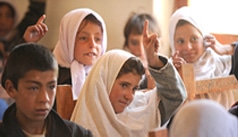
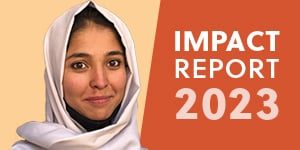

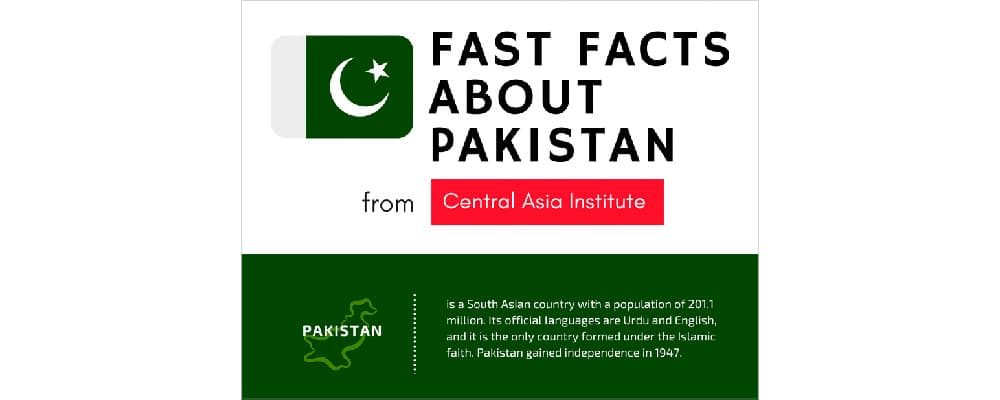
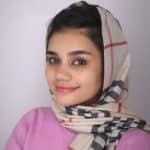

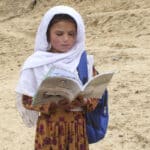
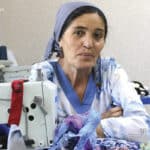
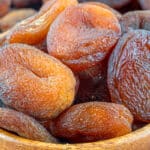
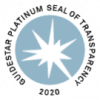


7 responses to “Pakistan Facts and Figures”
I m a menber of your group since ti was founded by Greg Mortenson. I am concerned that your article about Pakistan does not mention the problems associated with that country….namely it’s military dominated group, its nuclear capability, its inability to clean out the taliban supporters on the Afghanistan border, and its reluctance to become more democratic!!!
I think I undertand your need to be neutral to Pakistan but if you do not point out the problems there I do not think it will halp the people who you are trying to help!!!
Dear Harry,
I really appreciate your concerns about Pakistan, but you need to improve your knowledge first. Pakistan has almost wiped out Taliban from its country and army operations are still going on near Afghan borders.
Pakistan is more democratic than US or any other country. We have chosen a leader, who has no political background and who is in the best interest of our country. Pakistan is in safe hands now and we have rooted out terrorism. You are not living here, so you can only give a biased opinion with an external lens.
Best wishes from Pakistan!
I can’t agree more 👍
ok all i wanna know is how many female children there are in Pakistan but no one can tell me
Dear Paige,
This website has some useful statistics: https://www.indexmundi.com/pakistan/demographics_profile.html
Sincerely,
Hannah Denys
I was wondering who the author of this page is. I have to site this website for my project and I was wondering who wrote this page about Pakistan’s government and such? Thank you!
Hi Lizzy, one of our writers – Lauren Burgess – wrote this article. We hope it was useful for your project!
All the best,
Hannah